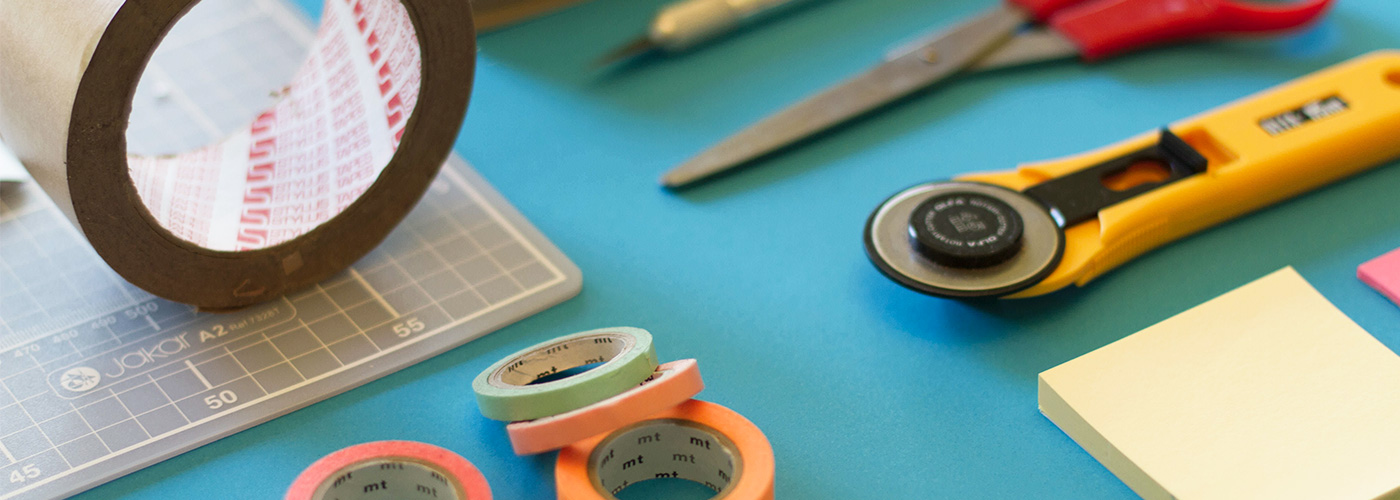I have always considered my creative ability to be one of my biggest assets. What I did not realize for much of my career, however, was that my creative instincts were possibly the biggest obstacle to my ability to solve big challenges.
Coming to that realization changed everything and made me a far more successful designer. What I discovered was that solving problems is not like creating art. It’s less about expressing what is inside ourselves, and more about discovering what we can do for others. I had to learn to see beyond my own desires, agendas, and biases, and to open myself up to the needs of the people I was trying to help.
Killing Off Precious Ideas
Recently, I began teaching an unusual type of workshop for our clients and partners at One Workplace. The purpose is to bring together a diverse group of experts, whose only connection is a shared passion for solving a particular challenge. Quickly, everyone in the room begins to feel a tangible energy – the feeling that comes when you combine a personal sense of purpose with the act of generating new ideas.
Taking advantage of this momentum, we quickly put everyone to work. We ask each participant to hastily develop their own ideas by getting them down on paper. A frenzy of writing, sketching, and prototyping ensues with each individual in the room outlining their brilliant solutions. After what always feels like an unfairly short amount of time – maybe 5 minutes – we ask everyone to stand up and proudly display their masterpiece ideas above their heads.
Solving problems is less about expressing what is inside ourselves, and more about discovering what we can do for others. Tweet This Quote
Before anyone has a chance to share or discuss their quickly conceived solutions, we change the entire dynamic of the workshop and shock the participants into a new way of thinking. Every one of these pride-scribed ideas is going in the trash. Never to be heard from again. Goodbye.
A few seconds of silence often follows, paired with the sight of a few open mouths. Sometimes, you can even see a little bit of anger, as the participants hesitantly start crumpling up their work. Our ideas often come with deep personal attachments. But then, laughter eventually ensues as crumpled chunks of paper fly through the room. Each one represents the release of a multitude of pre-conceived ideas, which often have much less to do with solving challenges for other people and much more to do with fulfilling our own personal agendas.
Solving the Right Problem
To solve the biggest challenges, we have to be careful to not invent solutions in search of problems. We have to move beyond the precious ideas we have been incubating in our minds, waiting for their chance to shine, and instead focus our attention on deeply understanding the problems faced by the people we are trying to positively impact.
Think for instance about the Segway Personal Transporter. Dean Kamen’s revolutionary invention was built on the genius combination of gyroscopic sensors and accelerometers to create a simple and easy to use transportation device. I can’t think of a better representation of a technological solution in search of a problem. In this case, it was a highly noble problem – the challenge of reinventing human transportation. But for all of its brilliance, the Segway did not change the world (at least not in the way it was intended).
Be careful not to invent solutions in search of problems. Tweet This Quote
Why? Our highways are clogged because people choose transportation options that provide high rates of speed, the ability to travel large distances, opportunities to haul passengers or cargo, and protection from the elements. The Segway solves none of these fundamental needs. In many ways, it’s little more than an inferior substitute for another brilliant invention more than one hundred years its senior: the bicycle.
The Segway, and many other ideas like it, fail to identify the right problem. They fail to understand the people at the root of the challenge. This is the true calling of problem solvers and designers. This is why we are here: to discern the underlying needs of other people and to create solutions that put those needs above everything else. Great design requires both the genius of inspiration and the ability to discern the root needs of people.
The Five “Es”
So, how do we find genius inspirations and ensure that the solutions we create are based on real human needs? The same way we have helped our workshop participants move beyond their own ideas and make space to then discover deep user insights. It is an approach I like to call “the five Es.”
- Elicit: Seek understanding from the people you are trying to solve for. Ask difficult questions, and elicit powerful stories. Don’t stop at the surface level. Do the hard work needed to understand the “why” of an issue. Most importantly, don’t accept convenient opportunities to support your own narratives. Instead, dive deeper into answers that challenge your preconceived expectations.
- Empathy: Spend time with the people impacted by the challenge. Observe their behaviors, and experience their world first-hand. Simply asking questions rarely leads to empathy. Gaining true empathy rarely fails to lead to new insights.
- Empower: Challenging ourselves to move beyond our own preconceived expectations is hard enough. It is even harder if we are working with or leading a team. With so many competing influences and agendas, it is easy for those working to solve a problem to default back to solutions that support our own business, or our political or personal realities. Have the courage to empower yourself, your team, and your users to make decisions solely based on the intrinsic properties of the specific problems people face.
- Enthuse: Solving big challenges requires emotional hard work. Love and passion are the cornerstones of our ability to push through challenging circumstances. These are precious resources that must be continually renewed. Building enthusiasm within your team and with your users creates a reinforcing relationship that can replenish you and your team’s emotional batteries. As well, an enthusiastic user is far more likely to receive an empathic solution because the emotional connection they have with you is so strong.
- Eject: Lastly, we have to eject all the things that stand in the way of meeting our user’s needs. This means killing off those precious ideas, focusing on solving the right problem, digging beneath the convenient opportunities, and abandoning our own personal agendas and biases.
Great design requires both the genius of inspiration and the ability to discern the true needs of people. Tweet This Quote
Adopting this approach into my work has allowed me to become a better designer and a better leader. It has allowed me the opportunity to solve bigger and more complicated problems than I previously thought possible, and resulted in deeper connections to the people I am working so hard to serve. That is of course, whenever I take the time to remember to stop designing for myself, and to start putting my creative instincts to work discovering the needs of the others around me.



